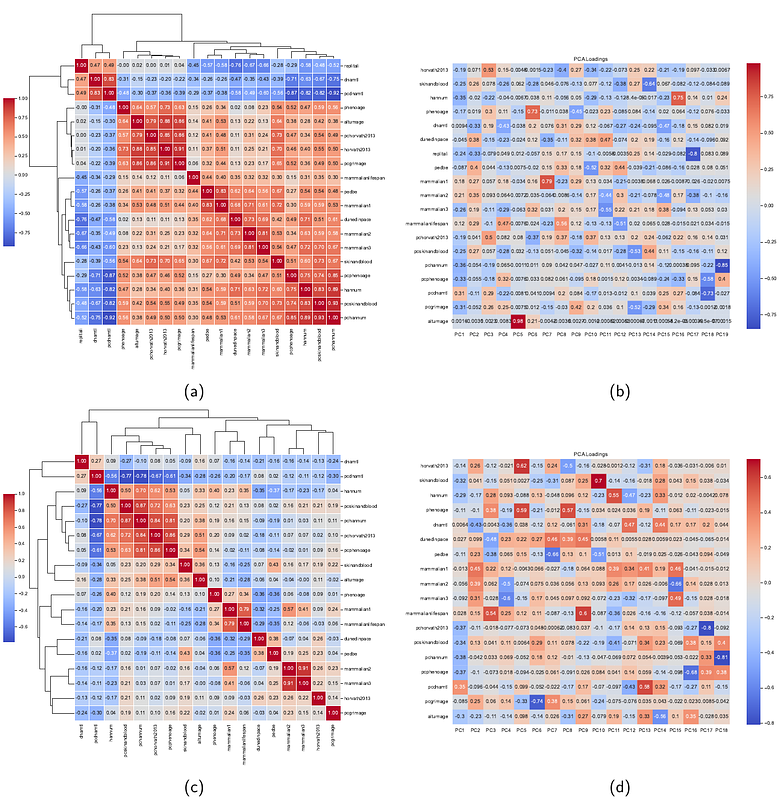pyaging: a Python-based compendium of GPU-optimized aging clocks

pyaging: a Python-based compendium of GPU-optimized aging clocks
de Lima Camillo, L. P.
AbstractMotivation: Aging is intricately linked to diseases and mortality and is reflected in molecular changes across various tissues. The development and refinement of biomarkers for aging, healthspan, and lifespan using machine learning models, known as aging clocks, leverage epigenetic and other molecular signatures. Despite advancements, as noted by the Biomarkers of Aging Consortium, the field grapples with challenges, notably the lack of robust software tools for integrating and comparing these diverse models. Results: I introduce pyaging, a comprehensive Python package, designed to bridge the gap in aging research software tools. pyaging integrates over 30 aging clocks, with plans to expand to more than 100, covering a range of molecular data types including DNA methylation, transcriptomics, histone mark ChIP-Seq, and ATAC-Seq. The package features a variety of model types, from linear and principal component models to neural networks and automatic relevance determination models. Utilizing a PyTorch-based backend for GPU acceleration, pyaging ensures rapid inference even with large datasets and complex models. The package supports multi-species analysis, currently including humans, various mammals, and C. elegans. Availability and Implementation: pyaging is accessible at https://github.com/rsinghlab/pyaging. The package is structured to facilitate ease of use and integration into existing research workflows, supporting the flexible anndata data format. Supplementary Information: Supplementary materials, including detailed documentation and usage examples, are available online at the pyaging documentation site (https://pyaging.readthedocs.io/en/latest/index.html).